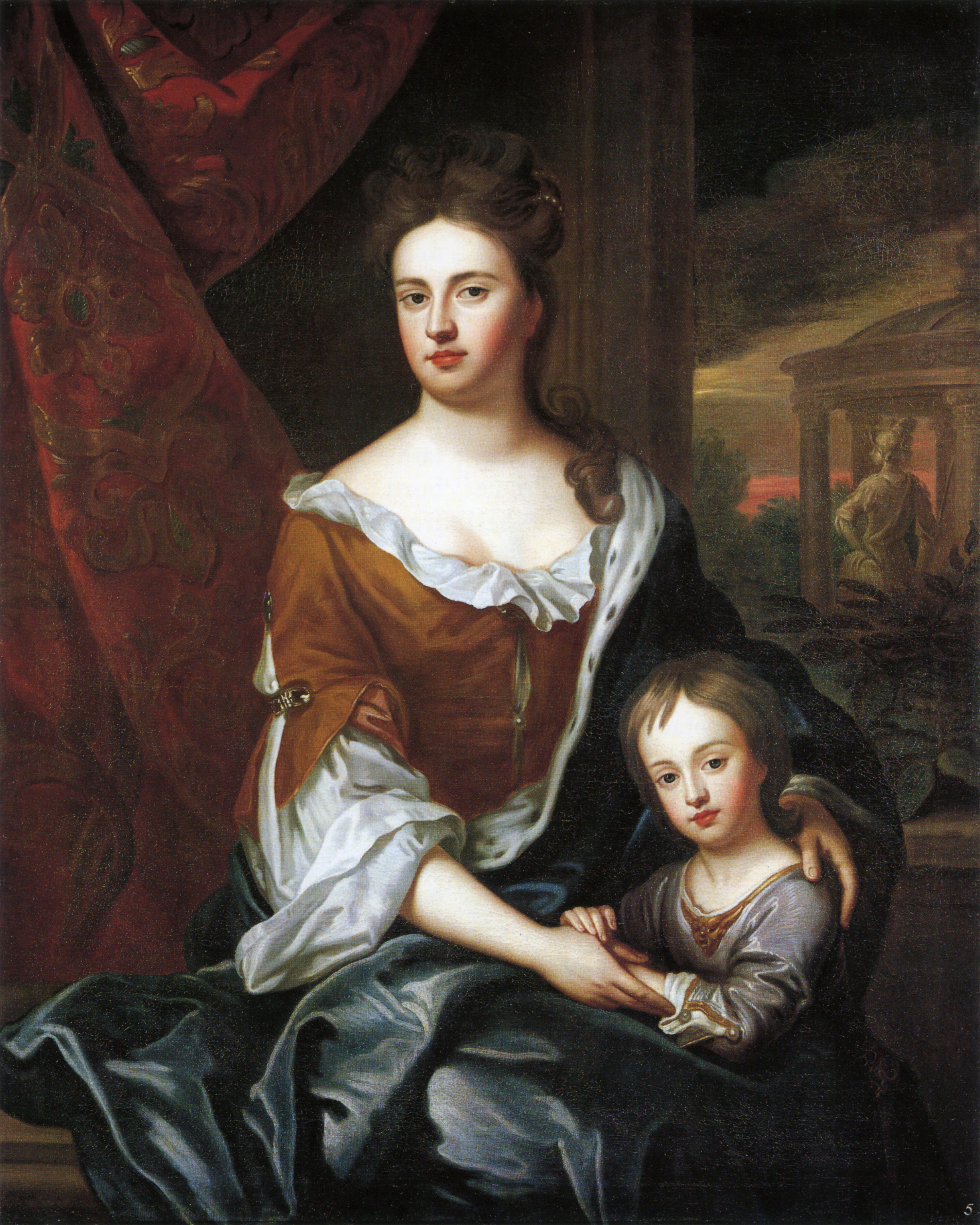-
Posts
1,067 -
Joined
-
Last visited
Content Type
Profiles
Forums
Events
Gallery
Posts posted by Jack Roberts
-
-
Jim!! Long time no see mate. That's a good question. I used modern day book board due to time restraints. (I still have about 3 months of log book to fill out now they're done.) I'm sure in the time period there was something to stiffen the hard backs. I'm just not clear as to what. It's on the list of research for next round of bindings when I'm not pressed for time.
What I have researched is telling me that the basic "methods" of binding that I used have been in play since the 1500's or so. The glue used in all the binding wheat paste. Just flour and water, that's it. It's amazing how well that holds up too. I'll post more as I find out. If you want I can write up a "how to" if people are interested. I just need a few more photos on the last stages of the process.
-
Yep you can easily convert "old" modern books with a leather binding.
Here is a good example on how. Rebinding a Modern NIV Bible
Thanks! They're not perfect though. The end pages are wrinkled and the leather is a little off on the inside corners.
Some minor tweaking is needed in my process but not a bad first try. I hope to get better at it the more I make them.
-
So after much deliberation and study I've bound me own logbooks. I figured I'd post the pic and info here.
The Books are 11"x 17", hand bound in leather with wheat paste and linen thread. Enjoy!
-
Master Cross would you mind emailing your materials? I would love to take a read.
-
Can you post a link to where it is? I'm still having issues finding it.
-
Nothing, and that's a problem....
-
Add one to the damn Pirate Hunters.... or 3.

Archangel Crewe
Tenting in the fort.
Jack Roberts
Brig
Keira (Little Snot)
-
We should plan a crewe trip.... now wouldn't that be a blast!!!
-
Oooh I forgot about this one.
The left is a wine serving cup and the right is a kind of decanter.
-
And one more. Slightly after period but close...
Dish
Cast Pewter
London, England; 1725-60
Maker's tough of John Watts (active from 1725)
Stamped with a crowned rose, a crowned "X" and "WITHOUT ALDGATE":engraved squirrel crest.
PS Ignore the text in the photo. That's my personal numbering for cataloging the placards and pics.
-
Got some pics from V and A museum that I took. Enjoy!
TANKARD
with Britannia standard hallmark
Hallmarked for 1704- 1705
The Britannia standard hallmark indicated a higher proportion of pure silver metal than the quality of silver
generally then in ise. Britannia standard was introduced in 1697 to prevent silversmiths melting down coins to make new objects. That
practice was severely reducing the number of coins in circulation.
Silver, engraved
Made in London by Philip Rollos (born about 1660, died after 1715) Engraved with the royal coat of arms for Queen Anne, who presented
it to Goerge Proctor (died 1751) as a christening gift.
-
OMG this is so awesome!!! Is going to help with the Quartermaster impression so much.... Thanks what a great find.
-
Sure it will be noted master Cross, a poor unfortunate rigging accident. The body was lost at see. never to be seen again. Tis a pity really.
 (Great the Archangels derailing a thread yet a again. )
(Great the Archangels derailing a thread yet a again. ) -
*Quartermaster Roberts logs said powder into the secret logbook.*
-
Oh true, I guess that's what I meant but didn't really say that. I wouldn't think they would know exactly what pitch they we're in but at least try to be in tune with each other. But I agree with you Hurricane.
-
True, once you begin to play with other instruments and musicians you need to tune to something. I don't think they were tone deaf 300 years ago...
 The more you play the better your ear is trained to pitch and tuning. So once your playing with others you would notice this even more. I agree with you Foxe that soloists would do whatever sounds right to the player.
The more you play the better your ear is trained to pitch and tuning. So once your playing with others you would notice this even more. I agree with you Foxe that soloists would do whatever sounds right to the player. -
Silver are you refering to the UK's NMM? Was on there earlier and was having trouble searching. Perhaps I need to try harder.
-
So William and I were discussing books and binding during PiP and that got me thinking. I need to find out general dimensions for logbooks from the period. Also if anyone has knowledge of someone selling accurate books, that would also be appreciated too.
-
Whew, awesome that is good to hear.
-
I've lost my camera, it's a little point 'n shoot in a black case. Wondering if anyone has seen it.
-
Yes William, no need to apologize. Not everyday you get to be stabbed and then shot. Tons of fun, now it's time for FTPI post event depression.

-
I'll try to remember to pack my penny whistle for PiP. It's in the key of D and I can play in G also.
One thing that I find interesting is the difference in pitch from the centuries. From I what I've been able to gather during the baroque period, most of the instruments tuned about a half step lower than what we would tune to today.
Meaning our modern sounds are a bit higher in intonation. Of course there wasn't a standard then and pitch could (and most likely would)change depending on the location. Heck I would think it would depend even more so on the groups of musicians playing. Being in tune amongst themselves.
-

Just came across this of Queen Anne.
-
Yes the video series was awesome. What you haven't seen it?? Well say no more.
Enjoy!



Leather Bound Logbooks
in Crafting Kit
Posted
I have been in contact with him. Perhaps I should give him another try. What I have found is that thin wooden boards were used. They could also glue up several sheets of paper to.